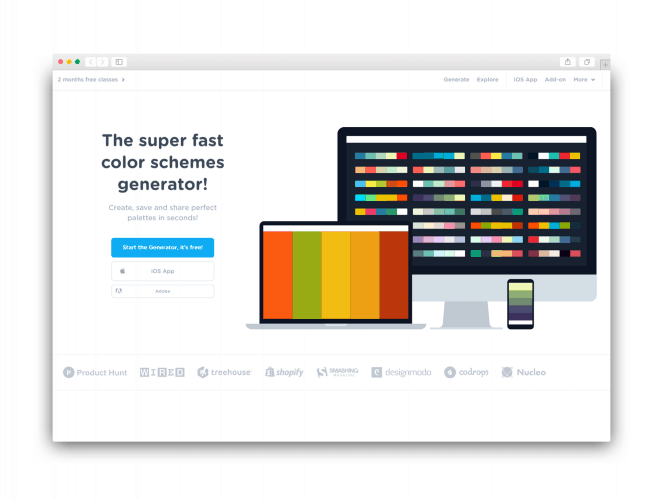How to communicate with people who don’t “understand” design
How to communicate with people who don’t “understand” design
We designers often complain that non-designers “don’t understand design”. However, the reality is a little more complicated.
Having created a design team in a company with 150 years of history, and discussed the situation with colleagues from startups, agencies and even companies like Google, I realized that, When dealing with non-designers, we often experience general frustration.
Is there anything we can do about it? Of course!

My secret: I was on the other side – on the business side. So I can admit that there is no one-size-fits-all solution… In this article, I will use fictional characters to illustrate different types of problems.
Meet Jean, Paul and Audrey!
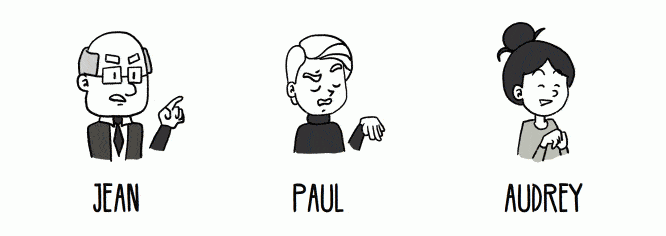
For each type of problem, I’ll share 3 strategies that worked for me and may work for you too – watch the video for full analysis and real stories.
Let’s start with the hostile Gene.

A hostile Jin sees no point in targeting the user. His business is complex, so his app screens justifiably difficult. Users who make mistakes have to master the application longer (read more about the problem of expert thinking here).
This is problem culture…
To change Jin’s mental model and make him care about design methodologies, don’t attack him with big research and numbers, try:
- Take the first step: Start with small inquiries or questions and ask for more step by step.
- Use the herd effect : mention what other people close to Jin are doing.
- Adopt the crab mentality: find what makes Jin suffer as a user in order to change his reasoning and allow him to be less emotional and more rational about improving the app’s design.
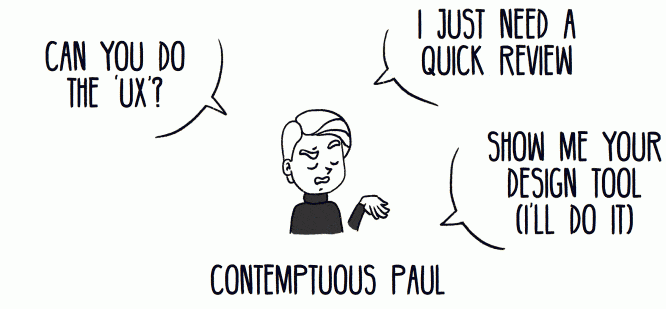
Arrogant Paul admits a good design approach is necessary, but doesn’t know how to make it work – even in agile development methodology. Why can’t we do a little UX first? Or at the end? Let’s quickly train someone or hire an intern?
This is problem organizationbeautifully illustrated in this meme:
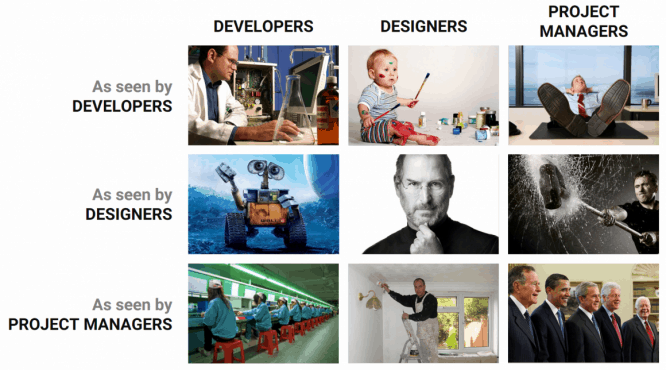
To balance your forces, try:
- Standardize procedures: define your methodologies and highlight the “non-compliant” projects
- Standardize qualifications: identify the skills and specific tasks that each project participant performs, in particular the role of a designer!
Speak the language of the company: don’t use jargon and fancy words, instead use company terminology to make your explanations more accessible.
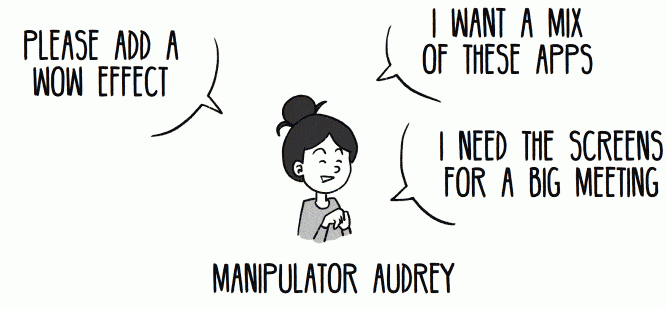
Audrey’s manipulator actively supports the design, but not in the interests of the end users. She wants to use design as a selling point and involve stakeholders in presentations and projects.
This is problem businesswhen the design has deviated from its original purpose.
To avoid this, use 3 strategies:
- Study the business: designers who truly understand their business have a positive impact on the entire life cycle of a project (read more in this article). It can be tempting to redesign an application without considering its purpose. Be aware of the specifics of the business to recognize these situations.
- Be an ally, not a resource: adapt the design process and align it with your business strategy. For example, at Societe Generale, opening our systems is a priority (you may have heard of Open Banking). This is why the design team is asking for architecture and project APIs. Therefore, we can design with real data and stick to this strategy.
- Be part of the solution: use design to solve business problems. As designers, you can design and prevent deviant behavior before it endangers your users and your company.
Will this article change your perception of the challenges designers face?
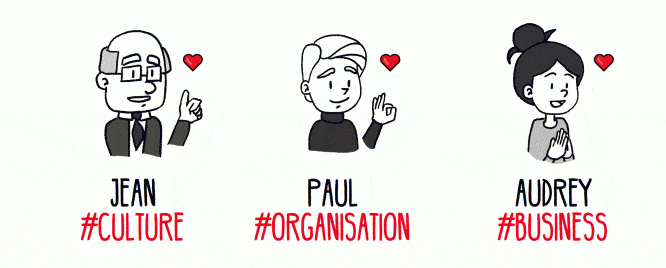
The next time you hear unpleasant questions or comments, stay calm.
The man in front of you does not necessarily have bad intentions… Maybe this is just a problem culture, organization or business…
These strategies create a conducive environment not only for designers, but also for Gene, Paul, and Audrey. They also helped the designers at Societe Generale.
Source: UXPUB
…


